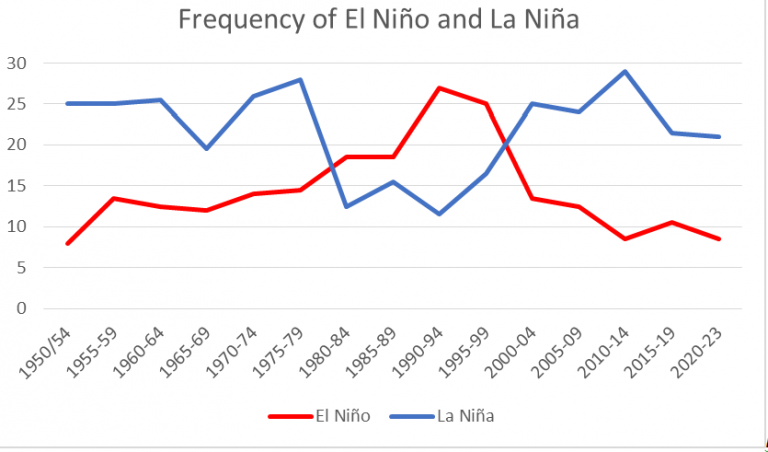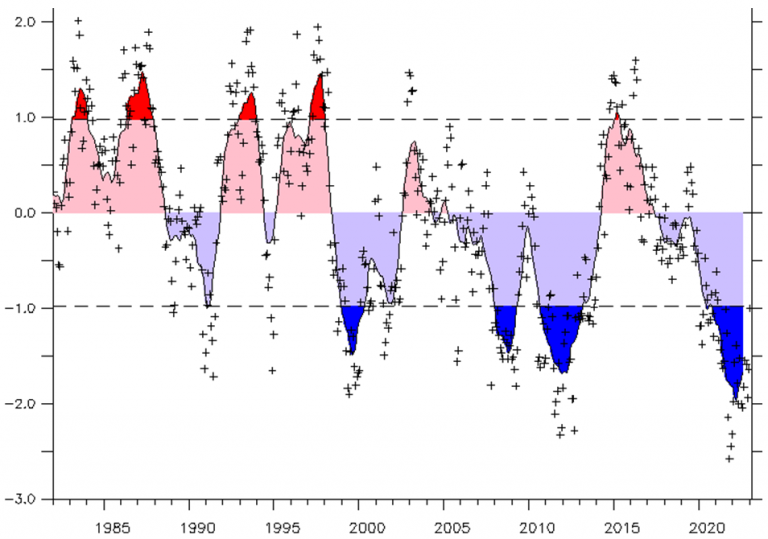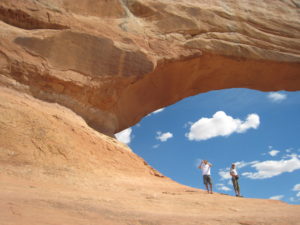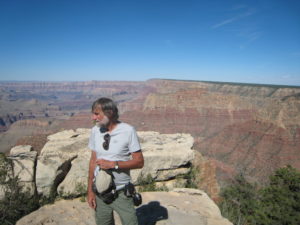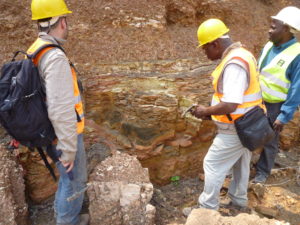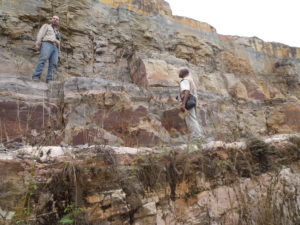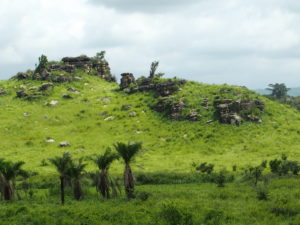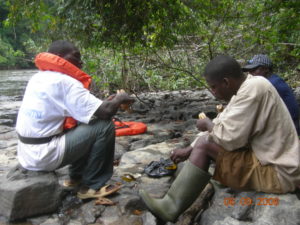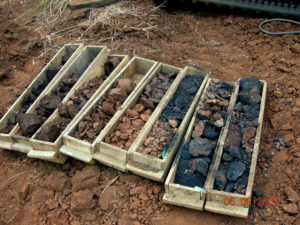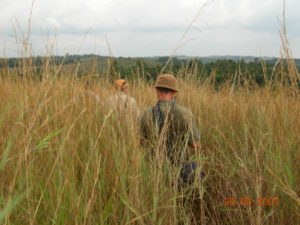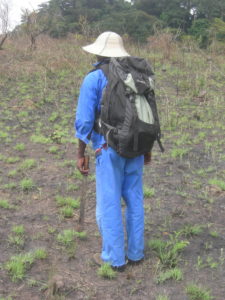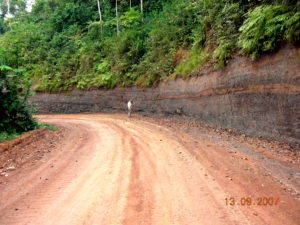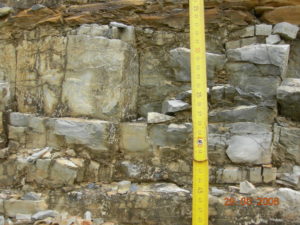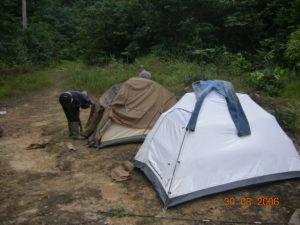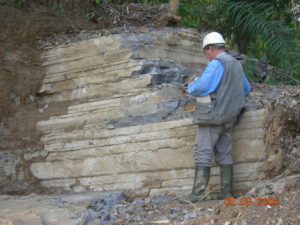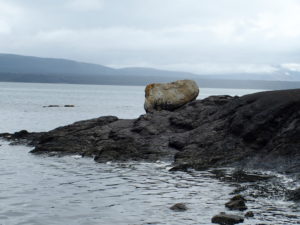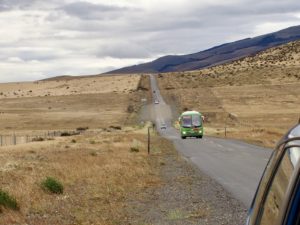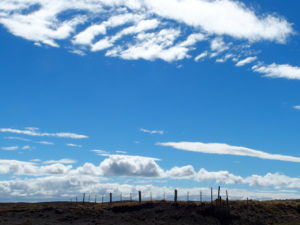CORVALLIS, Ore. – During the last ice age, massive icebergs periodically broke off from an ice sheet covering a large swath of North America and discharged rapidly melting ice into the North Atlantic Ocean around Greenland, triggering abrupt climate change impacts across the globe.
These sudden episodes, called Heinrich Events, occurred between 16,000 and 60,000 years ago. They altered the circulation of the world’s oceans, spurring cooling in the North Atlantic and impacting monsoon rainfall around the world.
But little was known about the events’ effect on nearby Greenland, which is thought to be very sensitive to events in the North Atlantic. A new study from Oregon State University researchers, just published in the journal Nature, provides a definitive answer.
“It turns out, nothing happened in Greenland. The temperature just stayed the same,” said the study’s lead author, Kaden Martin, a fourth-year doctoral candidate in OSU’s College of Earth, Ocean, and Atmospheric Sciences. “They had front-row seats to this action but didn’t see the show.”
Instead, the researchers found that these Heinrich events caused rapid warming in Antarctica, at the other end of the globe.
The researchers anticipated Greenland, in close proximity to the ice sheet, would have experienced some kind of cooling. To find that these Heinrich Events had no discernible impact on temperatures in Greenland is surprising and could have repercussions for scientists’ understanding of past climate dynamics, said study co-author Christo Buizert, an assistant professor in the College of Earth, Ocean, and Atmospheric Sciences.
“If anything, our findings raise more questions than answers,” said Buizert, a climate change specialist who uses ice cores from Greenland and Antarctica to reconstruct and understand the Earth’s climate history. “This really changes how we look at these massive events in the North Atlantic. It’s puzzling that far-flung Antarctica responds more strongly than nearby Greenland.”
Scientists drill and preserve ice cores to study past climate history through analysis of the dust and tiny air bubbles that have been trapped in the ice over time. Ice cores from Greenland and Antarctica provide important records of Earth’s atmospheric changes over hundreds of thousands of years.
…




